Get Flowering Tree Trimming in San Jose, CA
Flowering tree trimming services for San Jose property owners help manage overgrown branches, improve tree health, enhance safety, and prepare trees for seasonal changes.
If you own property in San Jose, CA, and are considering the maintenance or enhancement of your flowering trees, you’ve come to the right place. Proper trimming can support the health and growth of your trees, improve their appearance, and help prevent potential issues such as broken branches or overgrowth. Property owners often explore tree trimming services to ensure their outdoor spaces remain safe, attractive, and well-maintained throughout the seasons. Keep reading to discover how local service providers can assist with your flowering tree projects and help you compare options in your area.
Finding the right professional for flowering tree trimming involves reviewing local contractors who understand the specific needs of trees in San Jose’s climate and landscape. Whether you’re planning a routine pruning or a more detailed shaping, many service providers are equipped to handle these tasks efficiently. By exploring your local options, you can identify experienced contractors who can deliver quality work tailored to your property’s requirements. Continue reading to learn more about the services available and how to connect with trusted professionals nearby.
- Flowering Tree Trimming - needed when flowering trees in neighborhoods like Willow Glen or Almaden show overgrowth or uneven blooms.
- Spring Tree Pruning - required to prepare flowering trees in areas such as Rose Garden or South San Jose for the blooming season.
- Landscape Tree Maintenance - important for maintaining the health and appearance of flowering trees in yards throughout San Jose neighborhoods.
- Storm Damage Tree Care - necessary after storms to remove broken or hazardous branches from flowering trees in local residential areas.
- Seasonal Tree Shaping - ideal for shaping and enhancing flowering trees' appearance during peak blooming periods in nearby communities.
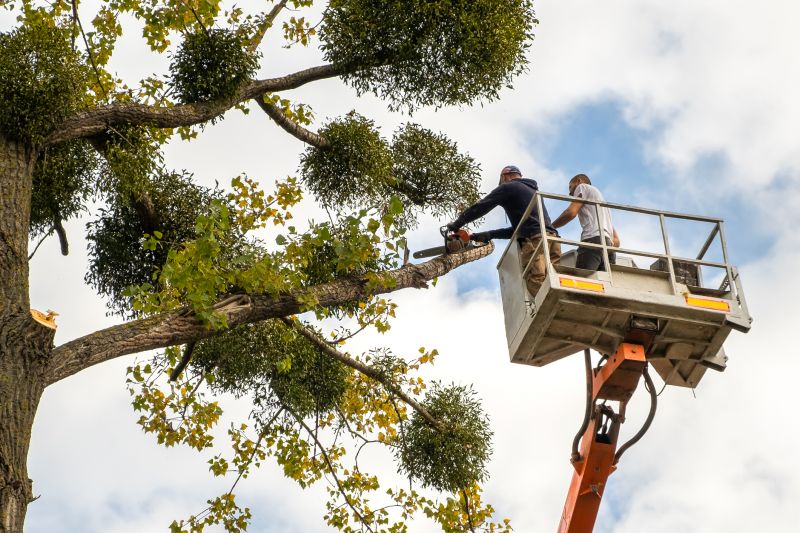
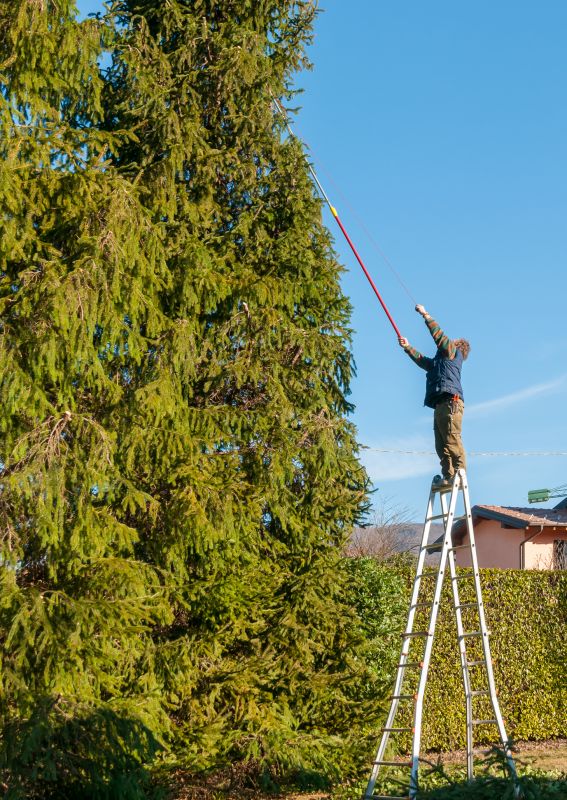

Flowering tree trimming services involve carefully shaping and pruning trees that produce blossoms, such as cherry, magnolia, or dogwood trees. This work typically includes removing dead or diseased branches, thinning out dense growth, and shaping the canopy to promote healthy flowering and overall tree health. Proper trimming not only enhances the tree’s appearance but also encourages better flower production and reduces the risk of branches breaking during storms or heavy winds. Skilled service providers use appropriate techniques to ensure the tree’s natural shape is maintained while addressing any specific concerns.
These services help resolve common problems like overgrown branches that interfere with walkways, driveways, or power lines, creating potential safety hazards. They also address issues related to diseased or damaged limbs that could compromise the tree’s stability or lead to the spread of pests and infections. Regular flowering tree trimming can prevent the development of structural weaknesses and improve the overall health of the tree, leading to more vibrant blooms each season. For property owners noticing reduced flowering or uneven growth, professional trimming can restore the tree’s vitality and aesthetic appeal.
Flowering tree trimming is often needed on residential properties, including single-family homes, as well as on larger estate grounds or community parks. These services are suitable for trees that have grown too tall, become unruly, or are in need of corrective pruning after storm damage. Property owners who want to maintain a tidy landscape or improve the safety of their outdoor spaces frequently seek this work. Whether for aesthetic reasons or health concerns, professional trimming can help keep flowering trees looking their best and functioning properly.
Homeowners in neighborhoods with mature trees or those who have recently planted new flowering varieties may find flowering tree trimming beneficial. This service can be particularly useful when preparing for seasonal blooms or managing the growth of young trees to ensure they develop strong branches and a balanced shape. Local contractors experienced in flowering tree care can assess the specific needs of each property and recommend appropriate pruning strategies. Contacting a professional ensures the work is done safely and effectively, helping property owners enjoy healthier, more attractive flowering trees year after year.
The overview below groups typical Flowering Tree Trimming projects into broad ranges so you can see how smaller, mid-sized, and larger jobs often compare in San Jose, CA.
In many markets, a large share of routine jobs stays in the lower and middle ranges, while only a smaller percentage of projects moves into the highest bands when the work is more complex or site conditions are harder than average.
Smaller Trimming Jobs - Local pros typically charge between $250 and $600 for routine flowering tree trimming, which includes shaping and removing dead branches. Many standard maintenance projects fall within this range, especially for smaller or less complex trees.
Moderate Pruning - More extensive pruning, such as thinning out dense canopies or shaping larger trees, usually costs between $600 and $1,200. These projects are common for trees requiring significant care to maintain health and appearance.
Large or Complex Trimming - For larger flowering trees or those with difficult access, costs can range from $1,200 to $3,000. Fewer projects reach this tier, often involving special equipment or safety considerations.
Full Replacement or Major Removals - Complete removal or replacement of flowering trees can exceed $3,000, with larger, more complex projects reaching $5,000 or more. Such jobs are less frequent but are handled by experienced local contractors for safety and compliance.
Actual totals will depend on details like access to the work area, the scope of the project, and the materials selected, so use these as general starting points rather than exact figures.
Pruning and Shaping Shrubs - local contractors use similar trimming techniques and tools to maintain healthy, attractive shrubbery alongside flowering trees.
Landscape Planting Projects - planning and installing new plants requires knowledge of plant placement, growth habits, and proper trimming practices.
Garden Bed Maintenance - maintaining garden beds involves trimming, edging, and shaping plants, which aligns with the skills used in flowering tree trimming.
Tree Removal Services - removing or pruning trees involves understanding tree structure and safety measures, similar to flowering tree care.
Hedge Trimming and Shaping - shaping and maintaining hedges requires precise cutting tools and planning akin to flowering tree trimming.
Storm Damage Cleanup - clearing fallen branches and damaged trees involves trimming and debris removal skills relevant to flowering tree maintenance.
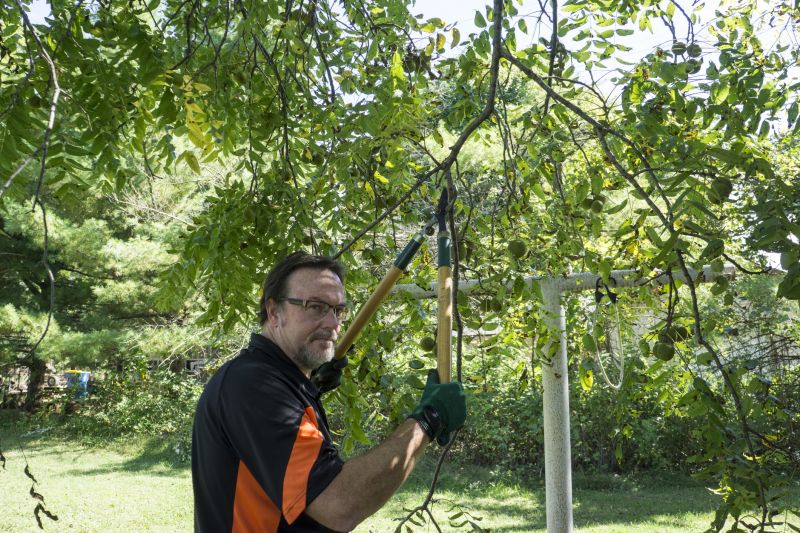
When evaluating contractors for flowering tree trimming, it’s important to consider their experience with similar projects. Homeowners should inquire about how long the service providers have been working with flowering trees and whether they have handled trees of comparable size and species in the past. A contractor with a solid track record of successful trimming jobs can often better understand the specific needs of flowering trees, ensuring that the work enhances the tree’s health and appearance. This experience can also provide confidence that the contractor is familiar with proper pruning techniques that promote growth and prevent damage.
Clear, written expectations are essential when selecting a local contractor for flowering tree trimming. Homeowners should seek detailed descriptions of the scope of work, including which branches will be pruned, how the trimming will be performed, and any cleanup procedures afterward. Having this information in writing helps prevent misunderstandings and ensures that both parties are aligned on the project’s goals. It’s also wise to ask about how the contractor plans to protect surrounding landscaping or structures during the work, so expectations are transparent from the outset.
Reputable references and effective communication are key factors in choosing a dependable service provider. Homeowners should ask potential contractors for references from previous clients who had similar flowering tree projects. Talking to past customers can reveal insights into the contractor’s professionalism, reliability, and quality of work. Additionally, good communication-such as prompt responses to inquiries and straightforward explanations of services-can make the entire process smoother. While the site introduces homeowners to local options, it’s important to remember that the actual work is performed by trusted local contractors who can handle the job with expertise and clear communication throughout the project.
Property owners in San Jose, CA use Flowering Tree Trimming services for practical projects around their homes and businesses. This guide focuses on everyday jobs and straightforward project options.
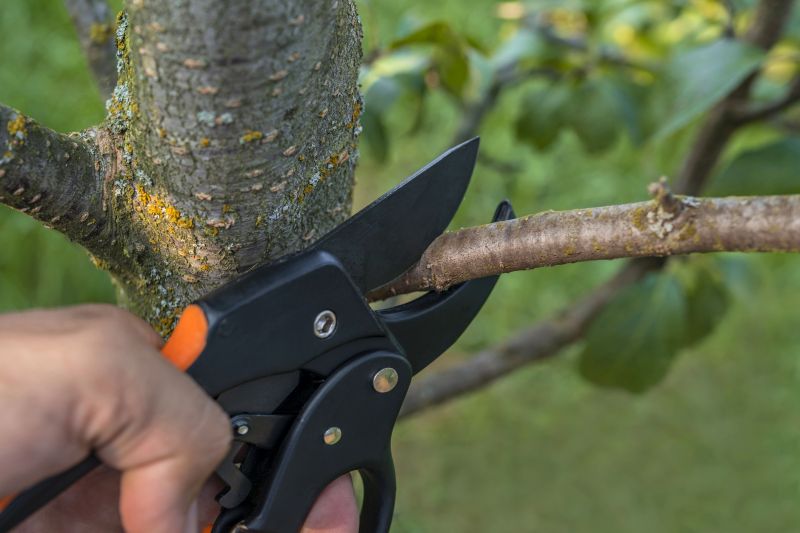
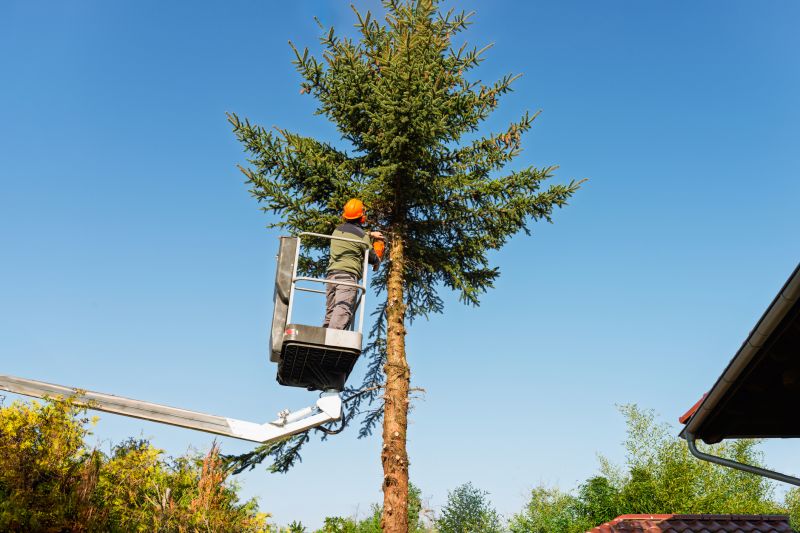
Flowering tree trimming services are often sought by property owners in San Jose, CA, who want to maintain the health and appearance of their landscape. Overgrown or unruly branches can interfere with outdoor activities, block sunlight, or create safety hazards around walkways and driveways. Local contractors can help keep flowering trees well-shaped and manageable, ensuring they enhance the property's curb appeal while reducing potential risks caused by falling branches or obstructed views.
Additionally, property owners may look for flowering tree trimming when preparing for seasonal changes or special events. Removing dead or damaged limbs can promote better growth and flowering in the upcoming season. Regular trimming also helps prevent pests and disease from spreading, which can threaten the overall health of the trees. Service providers in the area are available to assist with these routine maintenance tasks, helping residents keep their gardens vibrant and safe.
Why should I consider trimming flowering trees? Regular trimming helps maintain the health, shape, and appearance of flowering trees, encouraging better blooms and preventing overgrowth that can cause damage or safety issues.
When is the best time to have flowering trees trimmed? The ideal time for trimming flowering trees depends on the species and bloom cycle; a local contractor can advise on the best timing to promote healthy flowering and growth.
What types of flowering trees can local contractors trim? Service providers in the area can typically handle a variety of flowering trees, including cherry, magnolia, dogwood, and crepe myrtle, among others.
How does professional trimming benefit flowering trees? Professional trimming can improve the tree's structure, enhance flowering, and reduce the risk of disease or pest infestations by removing dead or diseased branches.
What should I look for in a local flowering tree trimming service? It’s helpful to choose a provider with experience in trimming flowering trees, good reviews, and a reputation for careful, quality work in the local community.
Enhancing Curb Appeal - Proper trimming of flowering trees can improve the overall appearance of a property, making it more inviting for visitors and neighbors.
Preparing for Seasonal Changes - Regular pruning helps flowering trees stay healthy and resilient through seasonal weather variations common in San Jose.
Creating Safe Outdoor Spaces - Trimming can reduce overgrown branches that pose safety hazards or obstruct pathways around a property.
Supporting Tree Health - Skilled trimming encourages healthy growth and flowering, ensuring trees remain vibrant and well-maintained over time.

If you are thinking about Flowering Tree Trimming for a property in San Jose, CA, this guide is meant to help you understand the work, the typical project types, and how different options might fit your plans.
When you are ready, you can use the quote form on this page to share a few details about your project. From there, local pros can review the basics and respond with options that match what you have in mind.
